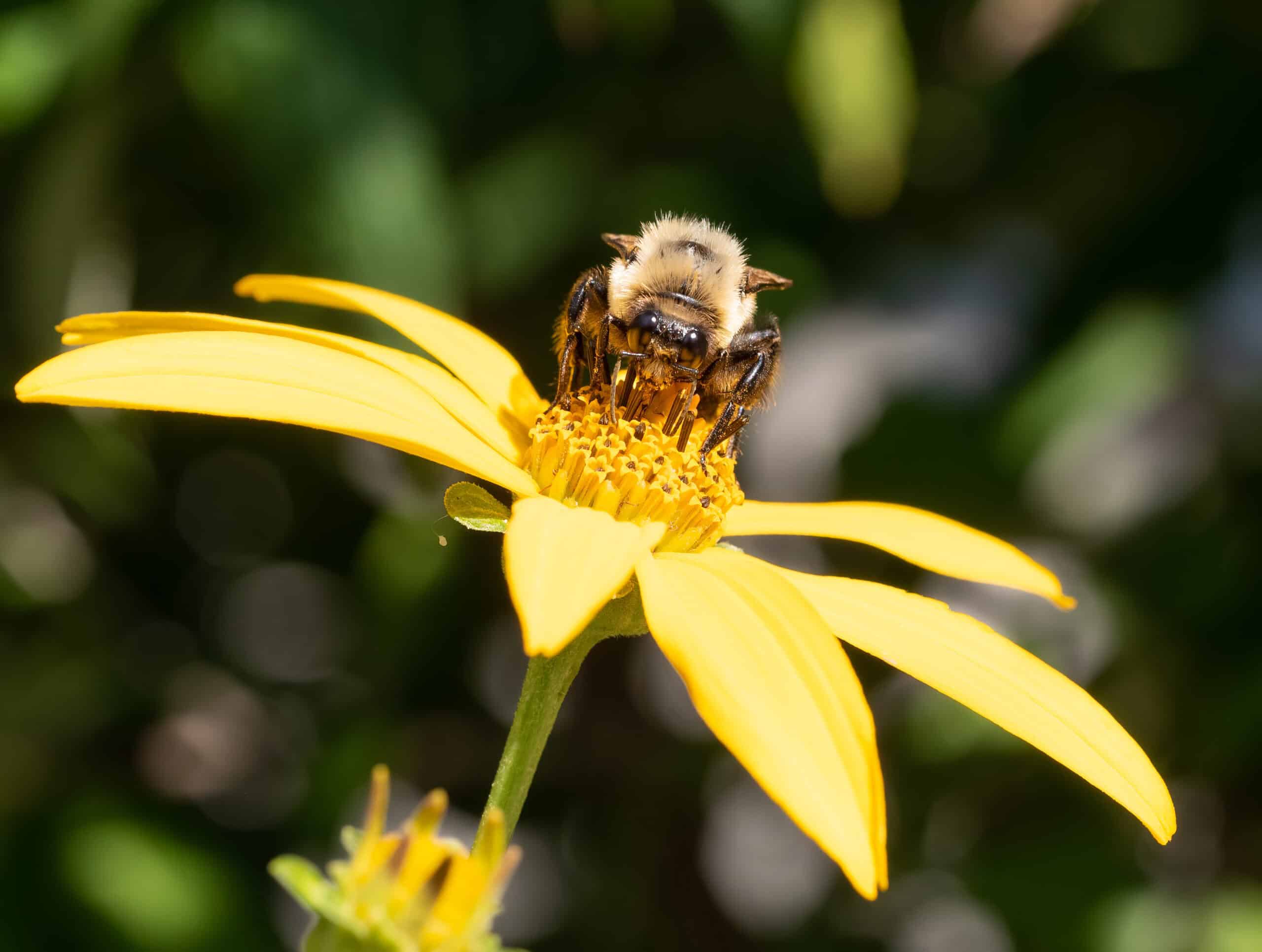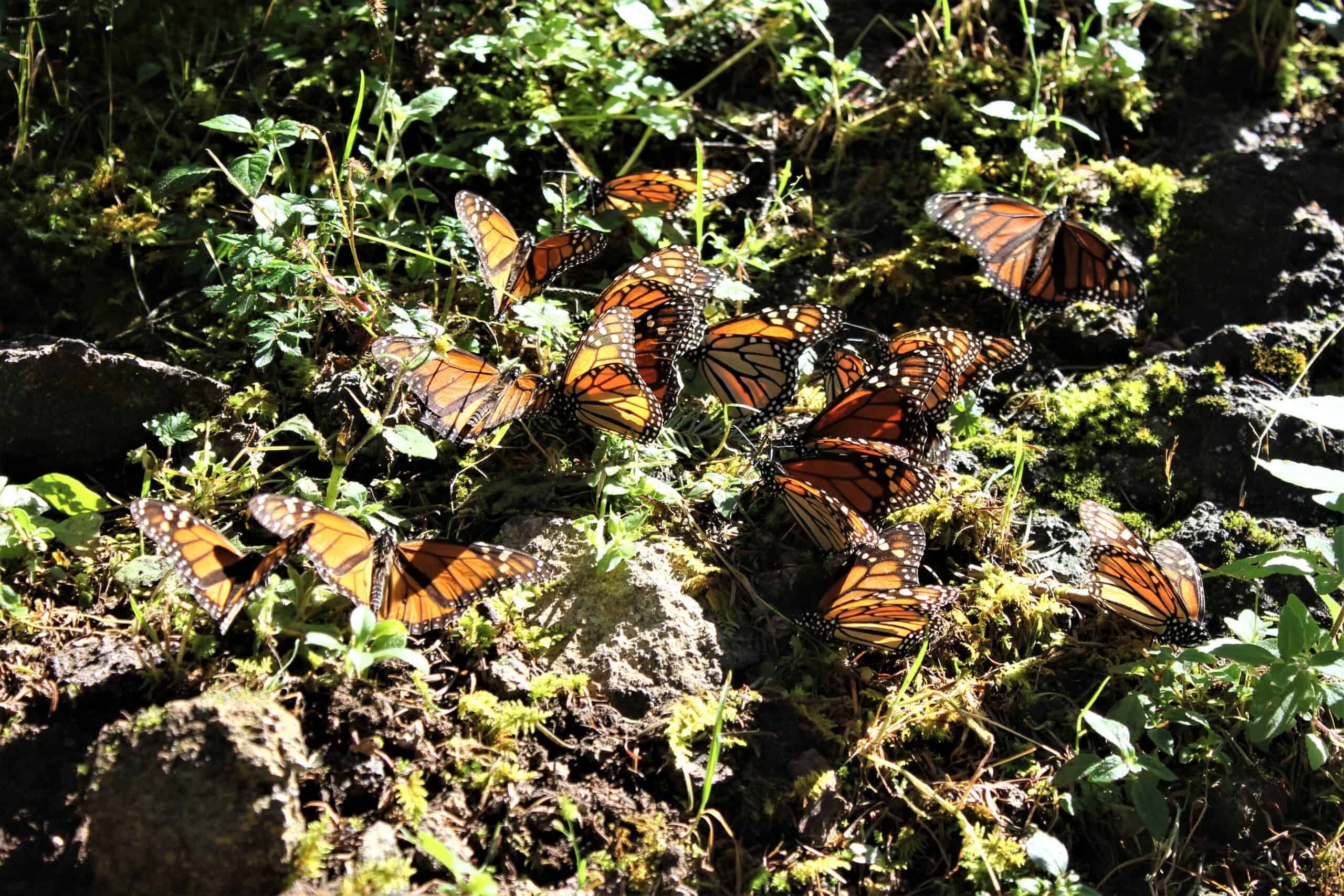Share this article
Birds change song to be heard above traffic noise
Vehicles are a major source of noise pollution for urban wildlife. That’s particularly a problem for birds that have to compete with the roar of engines to communicate. Recent research from Washington, D.C., suggests that some birds —those with innate rather than learned songs —modify their song structure to be heard over the din of traffic.
In noisier conditions, these birdsongs are shorter and have a smaller range of frequency, said Katherine Gentry, lead author on the paper published in Bioacoustics. The birds raise their minimum frequencies, reducing their song’s overlaps with low frequency traffic noise.
“That makes it easier for the receiver to detect the signal against the background noise,” said Gentry, a research assistant at George Mason University.
Gentry wanted to see if suboscines, a family of birds whose song is innate rather than learned, could adjust their signal to communicate over traffic noise. Suboscine species include the vermilion flycatcher (Pyrocephalus rubinus), chocolate-vented tyrant (Neoxolmis rufiventris), white monjita (Xolmis irupero) and eastern wood pewee (Contopus virens). Although many studies have examined birds’ response to noise pollution from vehicles, this was the first to look at how suboscines in particular change their song in the absence of traffic during temporary road closures.
Gentry recorded the song of the eastern wood pewee in Rock Creek Park, a large urban park in Washington, D.C. She then compared recordings from times when traffic noise was high and times it was low, including weekends, when roads were closed to vehicles to allow for cycling and joggers. “This study showed that suboscines can adjust their song as traffic noise fluctuates,” Gentry said. That’s good for the birds in that it allows them to improve their chances of successful communication, she said.
“Even though they’re improving the likelihood of signal reception, they’re potentially sacrificing the sexiness of their song,” Gentry said. “With that minimum frequency raised, they’re not singing that naturally selected song structure.”
Songs with a higher minimum frequency that have a narrower range of frequencies could negatively influence the birds’ ability to defend territories, find mates and reproduce if females and rival males respond more strongly to signals with wider bandwidths.
But Gentry also found that when the roads were closed and it was quieter, the birds sang more naturally. Even though a permanent reduction in traffic noise is most ideal, she said, road closures could benefit birds like these that alter their songs in response to higher traffic noise levels.
“Noise is an issue for animals,” Gentry said. “Even if they cope through signal adjustment, it could be affecting them in the long run. It’s important we make every effort to reduce it. It would be a broad benefit for the community.”
Header Image: An eastern wood peewee perches on a dead tree on a hillside in Chester County, Pennsylvania. ©Kelly Colgan Azar








